Boasting a noble appearance and Friendly nature, the Afghan hound is a popular dog which doesn't require a huge amount of exercise. But these dogs possess impressively long coats which need constant grooming and they are not the most intelligent pooches in any neighbourhood.
Which breed group is the Afghan hound in?
Breed group: Hound
Afghan hound breed history
The Afghan hound is an ancient breed of hunting dog with its precise origins having been lost in the mists of time. These dogs are like other breeds found in neighbouring countries of Afghanistan and so it is likely that the various breeds have the same ancestors. There are at least 13 variations of the breed in Afghanistan and the dogs first arrived in the UK in the 19th century.
Afghan hounds were brought to the UK by army officers returning from India which at the time included Afghanistan. A dog called Zardin was brought back from India by Captain Bariff in 1907 and became the basis of the breed standard in the UK. The breed was then referred to as the Persian greyhound. Breeding of the hounds quickly ceased because World War I but was later revived.
The Afghan hound breed is now largely made up of two strains. The first of these features the descendants of dogs taken to Scotland in 1920. This is the Bell-Murray strain. These dogs are of the lowland type and are less heavily coated. The second strain evolved from dogs who were from a kennel in Kabul owned by Mary Ames who shipped dogs to England in 1925. This is the Ghazni strain and the dogs boast thicker coats. It was this strain which formed the basis of a new breed standard in 1948 which is still used today.
Afghan hounds have become popular across the world and are recognised by all of the major kennel clubs.
Afghan hound breed characteristics
Elegant and boasting a unique appearance, Afghan hounds have long heads which they carry high. Their long muzzles are darker than the rest of their body and their eyes are triangular in shape with an oriental look. Their ears are set low and back on their heads and are covered in long, silky hair. Afghans possess muscular shoulders, deep chests and moderately long bodies. Their legs are powerful, and their front feet are large. Tails are set low and carried high when the dogs are in motion or excited. The most notable feature of the Afghan is its long, fine and soft coat which can be a variety of colours.
Afghans tend to have friendly natures but are not the most intelligent of dogs and can be disobedient. They are rarely aggressive but have Strong prey drives and so tend to chase anything that moves. They can appear to be aloof and are sensitive souls requiring gentle handling.
- Lifespan:11-13 years
- Height: up to 74cm
- Weight: up to 27kg
- Elegant look
- Long coat in a variety of colours
- Long muzzles
- Muscular build
- Triangular eyes
- Friendly
- Not intelligent
- Can be disobedient
- Strong prey drive
Health issues with the Afghan hound
- As with many breeds, the Afghan hound in prone to several health issues as follows:
- Hip dysplasia
- Generalised demodicosis (mange)
- Hypothyroidism
- Mucopolysaccharidosis 1
- Panosteitis
- Cancers which includes Perianal gland tumour, mammary tumour, skin tumour
- Afghan Hound myelopathy
- Laryngeal paralysis
- Cataracts
- Medial canthal pocket syndrome
- Lung disease
- Elbow deformity
- Gastric torsion
What is the Afghan hound bred for?
These dogs are thought to date back more than 4, 000 years. They are sighthounds which would have been bred to hunt deer, goats, wild mountain cats and even wolves
What sort of owners does the Afghan hound?
Loyal, friendly and good with children, Afghans are certainly appealing. They are generally playful characters and enjoy family life. They get on well with other dogs and don't mind being left home alone. As such, they are good choices for owners who go out to work but should not be left all day. However, they require a lot of grooming and they shed throughout the year. They are best suited to homes with large gardens in which they can play but require only a moderate amount of exercise. They are not the best dogs for inexperienced owners as they can be difficult to train and may exhibit selective deafness!

